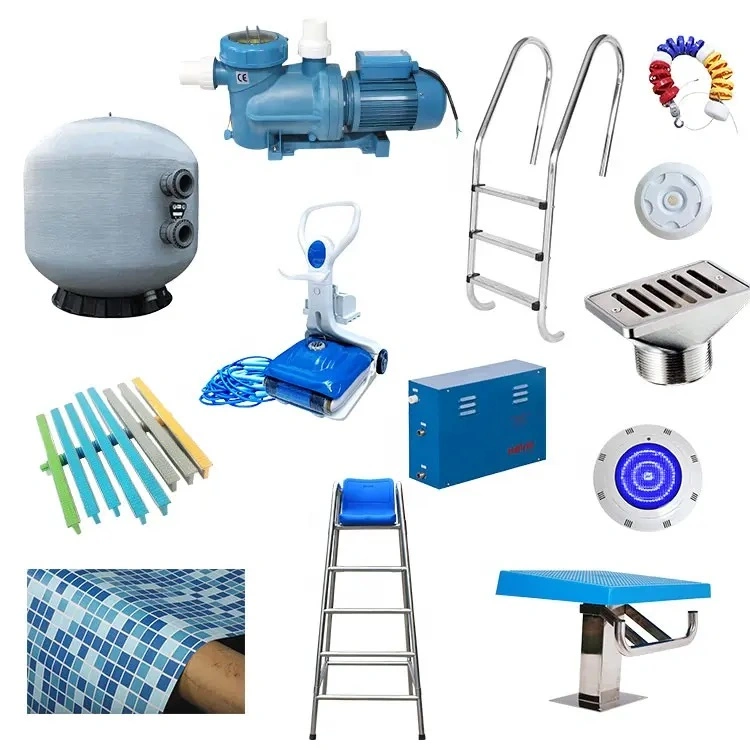Bamboo Katana Training Techniques
# Bamboo Katana Training Techniques
## The Art of Practicing with a Bamboo Katana
The bamboo katana, or shinai, has been an essential training tool for Japanese swordsmanship practitioners for centuries. Its lightweight yet durable construction makes it ideal for practicing techniques without the risk of serious injury that comes with using a real sword.
## Fundamental Stances and Grips
Before attempting any advanced techniques, mastering the basic stances and grips is crucial:
– Chūdan-no-kamae (middle stance)
– Gedan-no-kamae (lower stance)
– Jōdan-no-kamae (upper stance)
– Hasso-no-kamae (side stance)
The proper grip involves placing the little finger and ring finger firmly around the handle, with the middle and index fingers providing control. The thumbs should rest lightly along the side of the handle.
## Basic Striking Techniques
### 1. Men-uchi (Head Strike)
The most fundamental strike targets the center of the opponent’s head. Practice this by:
– Starting from chūdan-no-kamae
– Raising the shinai overhead in a straight line
– Extending the arms fully at the moment of impact
– Following through with the strike
### 2. Kote-uchi (Wrist Strike)
This technique targets the opponent’s wrist:
– Begin with the tip of your shinai pointed slightly downward
– Execute a quick snapping motion to strike the wrist
– Maintain proper posture throughout the movement
### 3. Dō-uchi (Torso Strike)
The side strike requires precise body movement:
– Rotate your hips as you bring the shinai horizontally
– Strike at a 45-degree angle to the opponent’s torso
– Keep your elbows slightly bent during the motion
## Footwork Drills
Proper footwork is essential for effective bamboo katana practice:
– Suri-ashi (sliding steps)
– Okuri-ashi (following steps)
– Tsugi-ashi (shuffling steps)
– Ayumi-ashi (alternating steps)
Practice these movements slowly at first, focusing on maintaining balance and proper posture before increasing speed.
## Partner Training Exercises
Once basic techniques are mastered, partner drills become invaluable:
– Kiri-kaeshi (continuous striking)
– Uchi-komi (strike entry practice)
– Kakari-geiko (continuous attack practice)
– Ji-geiko (free practice)
Always maintain proper distance (maai) and respect for your training partner during these exercises.
## Maintenance and Care
To ensure your bamboo katana lasts:
– Store in a dry, well-ventilated area
– Regularly inspect for splinters or cracks
– Clean with a dry cloth after each use
– Occasionally apply light oil to the leather parts
Proper maintenance will extend the life of your training weapon and ensure safe practice sessions.
## Advanced Techniques to Explore
As you progress, consider these more advanced applications:
– Nuki-waza (evasion techniques)
– Debana-waza (initiating techniques)
– Oji-waza (counter techniques)
– Renzoku-waza (combination techniques)
Remember that mastery comes through consistent, mindful practice rather than rushing through techniques. The bamboo katana serves as both a training tool and a connection to centuries of martial tradition.
Keyword: practice bamboo katana

